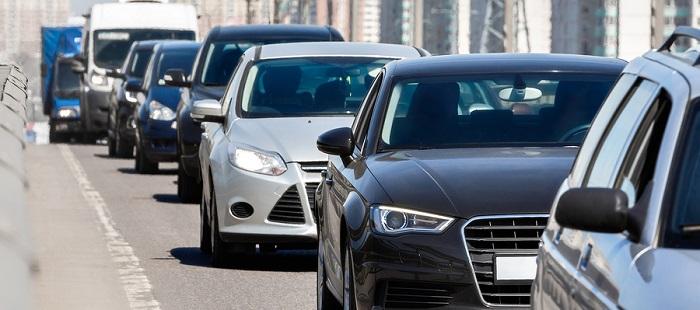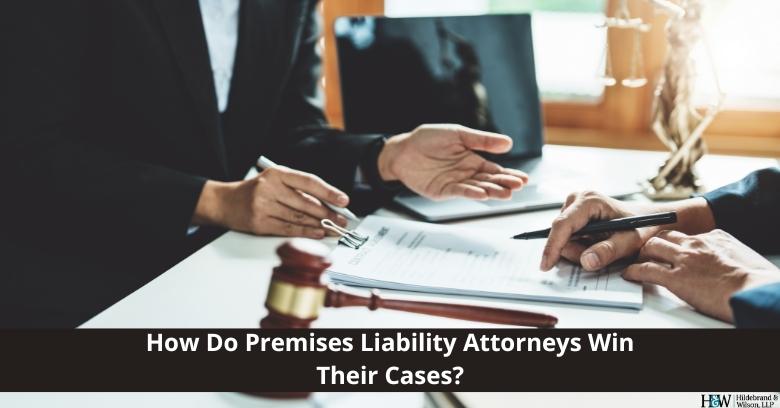Most drivers are aware that following too closely behind another vehicle, or tailgating, is one of the most dangerous yet avoidable actions that contributes to car accidents. Yet car accident attorneys handle cases for individuals who have been injured in accidents caused by tailgating every day. If it is just a simple driver oversight, lawyers who help car accident victims question why it happens so frequently.
What Is Tailgating?
Tailgating is when you drive too close behind another vehicle. Attorneys representing victims of car accidents maintain that this does not give drivers enough time to react if the vehicle being followed slows down, brakes unexpectedly, or makes any sudden move. Following too closely dramatically increases the likelihood that a driver will rear-end the vehicle in front of them. Tailgating can also lead to erratic driving behavior or even road rage on the part of the driver being tailgated, which increases the possibility of an accident. Lawyers who handle car accident cases suggest that tailgating is particularly dangerous in bad weather or any type of poor driving conditions.
Some Tailgating Statistics
Tailgating may be unintentional or brought about by the frustration of driving behind a slow-moving vehicle, which does not make it any less deadly. Twenty-three percent of motor vehicle crashes are rear-end type accidents, many of which are caused by tailgating according to research compiled by the National Highway Traffic Safety Administration (NHTSA). These rear-ending accidents cause an estimated 950,000 injuries and up to 2,000 fatalities yearly.1
How to Avoid Following Too Closely
There is one best way to avoid tailgating and the many accidents that it causes. Car accident attorneys and safety organizations state that drivers must travel with adequate distance between their vehicle and the one in front of them. Driving studies indicate that it takes drivers at least two seconds to react to something on the road in front of them.1
It is important to drive at average highway speeds and allow at least three seconds of space between vehicles. This allows enough time for drivers to slow their vehicles to prevent rear ending the vehicle in front of them. On slower roads and in residential neighborhoods, a two-second cushion may be sufficient. On highways with higher speed limits, the time between cars should be increased. This is particularly relevant when traveling in bad weather or any other conditions that make roads unsafe and require longer stopping distances to prevent collisions.
Most importantly, drivers must stay calm and not become frustrated with someone who may be driving slower than most other vehicles traveling on that road. Instead of tailgating behind a slower driver, wait for a safe time and place to pass them and then do so lawfully and carefully.
Car accident lawyers see the aftermath of those injured in rear-end accidents from following too closely. Many rear-end accidents can be avoided simply by drivers being aware of their surroundings and allowing sufficient space between the vehicles. The best way to prevent a tailgating accident is calm, courteous driving!
Hildebrand & Wilson, Attorneys at Law
7930 Broadway, Suite 122
Pearland TX 77581
(281) 223-1666
1Texas Department of Insurance Driving and Tailgating Fact Sheet
Additional Articles:
What is Modified Comparative Fault in Texas?
How Attorneys Can Help With Underinsured Motorist Claims!
Car Accidents and Fence Laws in Texas!
Why Are There More Fatal Truck Accidents in Texas?
Car Accident Attorneys Help With Disputed Car Accident Claims!






